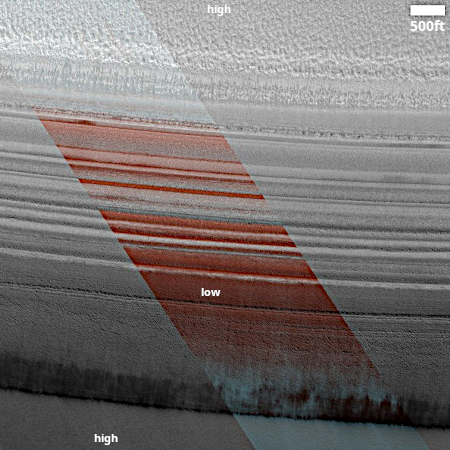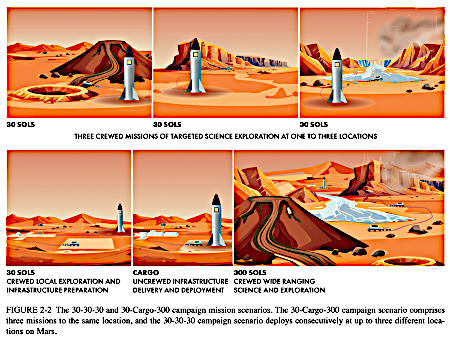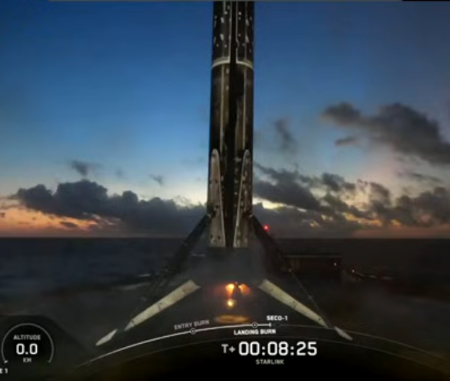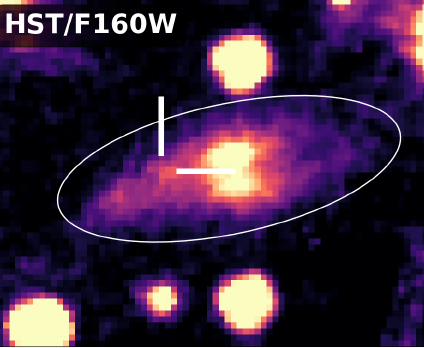December 10, 2025 Quick space links
Courtesy of BtB’s stringer Jay. This post is also an open thread. I welcome my readers to post any comments or additional links relating to any space issues, even if unrelated to the links below.
- Axiom Space and KBR successfully complete first uncrewed thermal vacuum test of the spacesuit
These tests are to make sure it can survive the Moon’s harsh environment. The suit has already been tested manned underwater.
- Muon Space wins $1.9 million military contract to develop its infrared sensors for missile tracking
It apparently is adapting the sensors it uses for commercial “global thermal detection” applications.
- Startup Lunar Outpost selected to fly NASA dust experiment on second manned lunar landing, Artemis-4
This contract is not for its big manned lunar lander. NASA hasn’t yet awarded that contract. It is for its small red-wagon-sized MAPP rover, which will position itself away from the manned lander when it lifts off to measure the dust produced at lift-off.
- On this day in 1964, the last ASSET re-entry engineering test vehicle launched from Cape Canaveral
It tested re-entry profiles for the military’s proposed X-20 Dyna-Soar spaceplane program, which was canceled shortly thereafter without ever having flown a mission.
- On this day 1978 the Pioneer Venus Probe sent five probes into the atmosphere of Venus
The data confirmed the data from 14 previous Soviet and American spacecraft: Venus’ atmosphere is hellishly hot and dense with a layer of sulfuric acid.
Courtesy of BtB’s stringer Jay. This post is also an open thread. I welcome my readers to post any comments or additional links relating to any space issues, even if unrelated to the links below.
- Axiom Space and KBR successfully complete first uncrewed thermal vacuum test of the spacesuit
These tests are to make sure it can survive the Moon’s harsh environment. The suit has already been tested manned underwater.
- Muon Space wins $1.9 million military contract to develop its infrared sensors for missile tracking
It apparently is adapting the sensors it uses for commercial “global thermal detection” applications.
- Startup Lunar Outpost selected to fly NASA dust experiment on second manned lunar landing, Artemis-4
This contract is not for its big manned lunar lander. NASA hasn’t yet awarded that contract. It is for its small red-wagon-sized MAPP rover, which will position itself away from the manned lander when it lifts off to measure the dust produced at lift-off.
- On this day in 1964, the last ASSET re-entry engineering test vehicle launched from Cape Canaveral
It tested re-entry profiles for the military’s proposed X-20 Dyna-Soar spaceplane program, which was canceled shortly thereafter without ever having flown a mission.
- On this day 1978 the Pioneer Venus Probe sent five probes into the atmosphere of Venus
The data confirmed the data from 14 previous Soviet and American spacecraft: Venus’ atmosphere is hellishly hot and dense with a layer of sulfuric acid.













